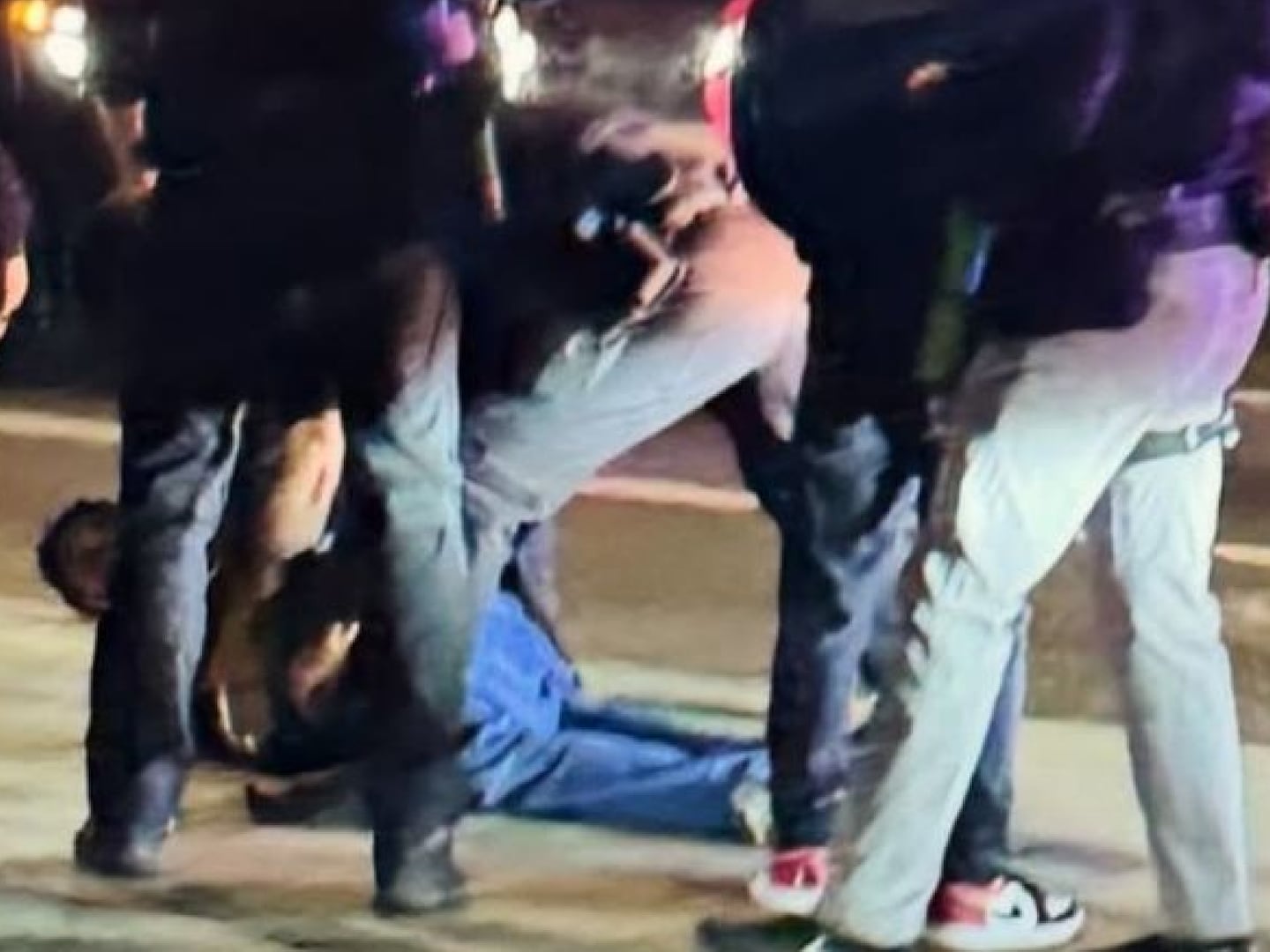LaSalle County, Illinois’ Starved Rock State Park is named after a violent incident involving two warring Native American tribes and on March 14, 1960, it forever cemented its connection to brutality when three women—50-year-old Lillian Oetting, 50-year-old Mildred Lindquist, and 47-year-old Frances Murphy—were murdered in its St. Louis Canyon. Out for a hike that wintery day while vacationing without their husbands, the trio were bound, possibly sexually assaulted, and bludgeoned to death with a combination of a giant log, a pair of their binoculars, and their camera, after which they were dragged into a nearby cave where they were arranged side-by-side with their legs splayed. The savagery was severe, and the crime quickly prompted intense media scrutiny and demands for justice.
That was seemingly attained by the arrest, confession, and conviction of Chester Weger, who received life behind bars courtesy of state’s attorney Harland Warren and prosecutor Anthony Raccuglia. The Murders at Starved Rock, however, is not about an open-and-shut case but, rather, about a mystery that continues to haunt LaSalle and, in particular, Raccuglia’s son David, a former hairdresser who grew up as the son of a local celebrity, and who as an adult came to believe that perhaps Weger wasn’t the man responsible for this atrocity. Executive produced by Mark Wahlberg, director Jody McVeigh-Schultz’s three-part HBO docuseries (Dec. 14) is a portrait of Raccuglia’s personal investigation into a massacre that’s left not only his hometown divided, but himself—a facet that lends this true-crime effort a novel twist, even if it never plumbs those depths quite as deeply as one might hope.
The Murders at Starved Rock begins by laying out the case against Weger, who looked like “the epitome of bad boy ’50s youth,” and who at the time of the homicides was working as a dishwasher at the Starved Rock lodge. While cops initially hit a brick wall, their fortunes took a turn when Warren discovered that the string used to bind the victims was identical to string found in the lodge’s kitchen. This prompted law enforcement to give Weger a second polygraph test, which he failed miserably. At the same time, Warren and company learned that their suspect had been accused of raping an 8-year-old girl when he was 12. More troubling still, a recent sexual assault had taken place in September 1959, and that victim and her boyfriend identified Weger as the culprit. Along with Weger’s scratched-up face, this circumstantial evidence made Weger look like the potential fiend, and according to author Steve Stout, when confronted with it, Weger’s mother told her son to tell the truth, and he did, just like in “an old Cagney movie.”
Chester claimed that the triple murder was a robbery gone awry, but in The Murders at Starved Rock, David lays out the various holes in his mea culpa, such as the fact that no valuables were taken, that no one ever proved his hair matched the strands found in the victims’ hands, and that one unarmed man would have had a difficult time both convincing women to do as he said, and then dragging them up an embankment to their final resting place. Nonetheless, his confession persuaded a jury, especially since part of it included his statement that he’d moved the corpses because he’d spied a red-and-white plane flying overhead—something that was verified, and thus only knowable by an individual who’d been at the scene.
David grew up with Weger as his personal boogeyman, and with his dad as the admirable crusader who put the monster away. In adulthood, though, he became obsessed with prying into his father’s investigation via his own documentary. He eventually became convinced that Weger might be the victim of criminal justice malfeasance, due to allegations—many made by Weger to David in a 2006 prison sit-down—that Weger’s confession had been physically coerced by a dirty cop, and that Weger had a new alibi for his whereabouts on the day in question. Despite being repeatedly denied parole, Weger pressed onward with new attorneys, with David increasingly sympathetic to his cause, even as many viewed his own motives with a wary eye—chief among them, of course, being his father, who participated in David’s film but remained steadfast that he’d gotten the right guy.
David’s own complicated role in The Murders at Starved Rock is its most intriguing aspect, although director Schultz doesn’t quite push David hard enough on the subject of why he became so determined to undo his father’s greatest triumph; the messy intersection between David’s altruism and familial dynamics is never completely untangled. Still, David, and the docuseries, are upfront about his ties to this story, as well as his doubts, which began to mount once Weger—on his 24th try—was finally granted parole in 2019, and released from prison in 2020. That was met with joy by Weger’s clan, if far less enthusiasm from the relatives of the slain, and to David, it proved simply another chapter of a long-running saga whose central question he couldn’t totally answer.
There’s no definitive conclusion to The Murders at Starved Rock, which ends with the cliffhanger revelation that DNA tests are still being conducted on key genetic material (hairs found in the victims’ hands, and blood on Weger’s buckskin jacket). Considering that those samples have been contaminated by careless handling, however, even those scientific reports are unlikely to provide an authoritative explanation for what took place in 1960. David’s discovery that, contrary to his claims, Weger was in all likelihood not beaten when he confessed, and that he also probably wasn’t getting a haircut during the murders (as he later asserted), further alters his perspective on the man’s alleged innocence, as does his recognition that some of those who support Weger are untrustworthy conspiracy theorists. That Weger might have done it, or at least conspired with two other acquaintances, remains a distinct possibility.
Consequently, The Murders at Starved Rock is a somewhat incomplete story, which is more frustrating than its traditional non-fiction form, here elevated by David’s prior documentary footage and his candid first-person tour-guide presence. What it has to say about the unattainability of truth, especially after time has tattered memories and taken the lives of those who were closest to it, is familiar—albeit nevertheless intriguing.







